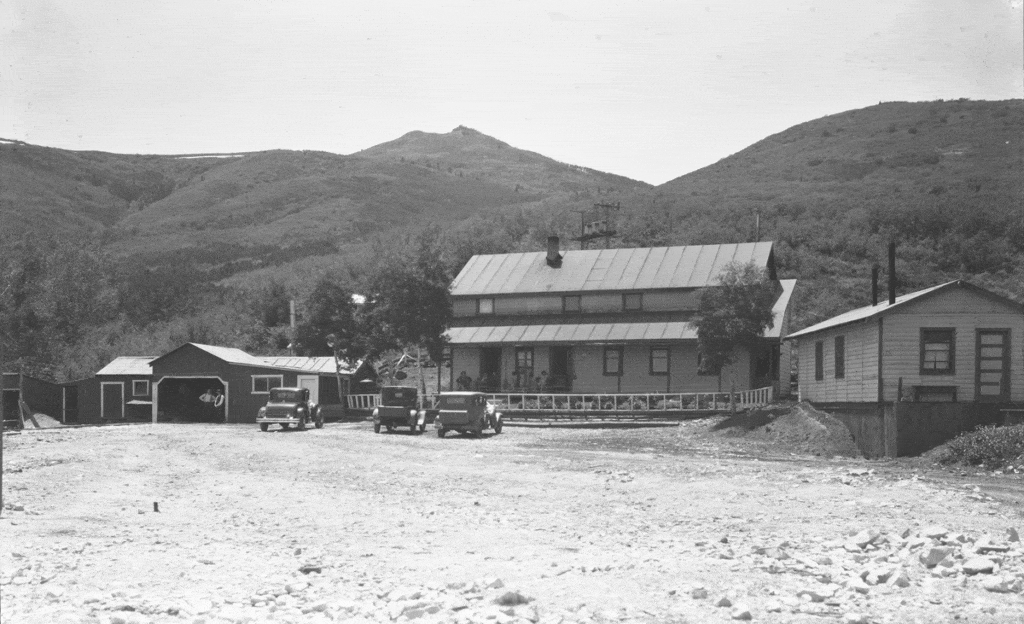Thanks for joining us for the second installment in this three-part series on the Mayflower, Park City’s most “unique” mine.
In December 1961 the Hecla Mining Company created a joint venture with New Park to operate the Mayflower Mine. Even today Hecla (NYSE, HL) remains a mining powerhouse and is the largest producer of silver in the US. Its engineering, operational and fiscal prowess are world-renowned. This fall Hecla will celebrate its 125th birthday.
The involvement of Hecla initiated the “golden years” for the Mayflower Mine. The company assigned one of their best superintendents to run the mine and the miner’s lease was terminated with the workers receiving market competitive compensation. The facilities were modernized and production expanded. The increased production required 200 workers on three shifts alternating six and five days a week. The graveyard (night) shift was for reserved for maintenance.

Credit: Park City Historical Society and Museum, Pop Jenks Collection
The Mayflower internal shaft was extended to the 3000 foot level from the 2000 foot level. Below the 2000 foot level, veins containing rich deposits of gold, copper, silver, lead and zinc were confirmed.
Deeper mining revealed a progressive challenge – heat. At the 3000 foot level water temperatures exceeded 140F. This indicates geothermal linkage to other “hot spots” in the Midway hydrogeological system. The Mayflower was the only “hot” mine in Park City.
To tame the heat, Hecla installed a 240-ton Carrier air conditioning chilled water unit at the 2400 foot level. The cold water was directed to fans and radiators in the hot work places. Hot ground water was recycled to the surface at a rate of 2500 gallons per minute. This water was “flumed” under the rail infrastructure to prevent freezing during winter.
Under Hecla’s management the Mayflower was solidly profitable – by 1966 the mine was the 6th largest producer of gold in the country. No other PC mines produced notable amounts of gold or copper. The good times were rolling!
Alas, good times don’t last forever. Mining operations fell victim to depressed global mineral prices and officially ended in 1972. What equipment that could be repurposed to other Hecla mines was removed and the rest sold at auction.
There was a brief resurgence in activity at the Mayflower property in the late 1970s when NBC built a set for the TV series, “The Life and Times of Grizzly Adams.” The feral star of the show – Bart the Bear – lived in Heber City. For the TV series his name was Ben and he starred alongside Dan Haggerty.
The last remaining evidence of the Mayflower’s “uniqueness” can best be glimpsed on a cold winter’s day at the mine’s entrance, or rather portal. No snow or ice cover the water trickling out of the portal for it remains warm! There is one more piece to the Mayflower’s intriguing history: the brief hope of a rebirth. Come back next week to read all about it.